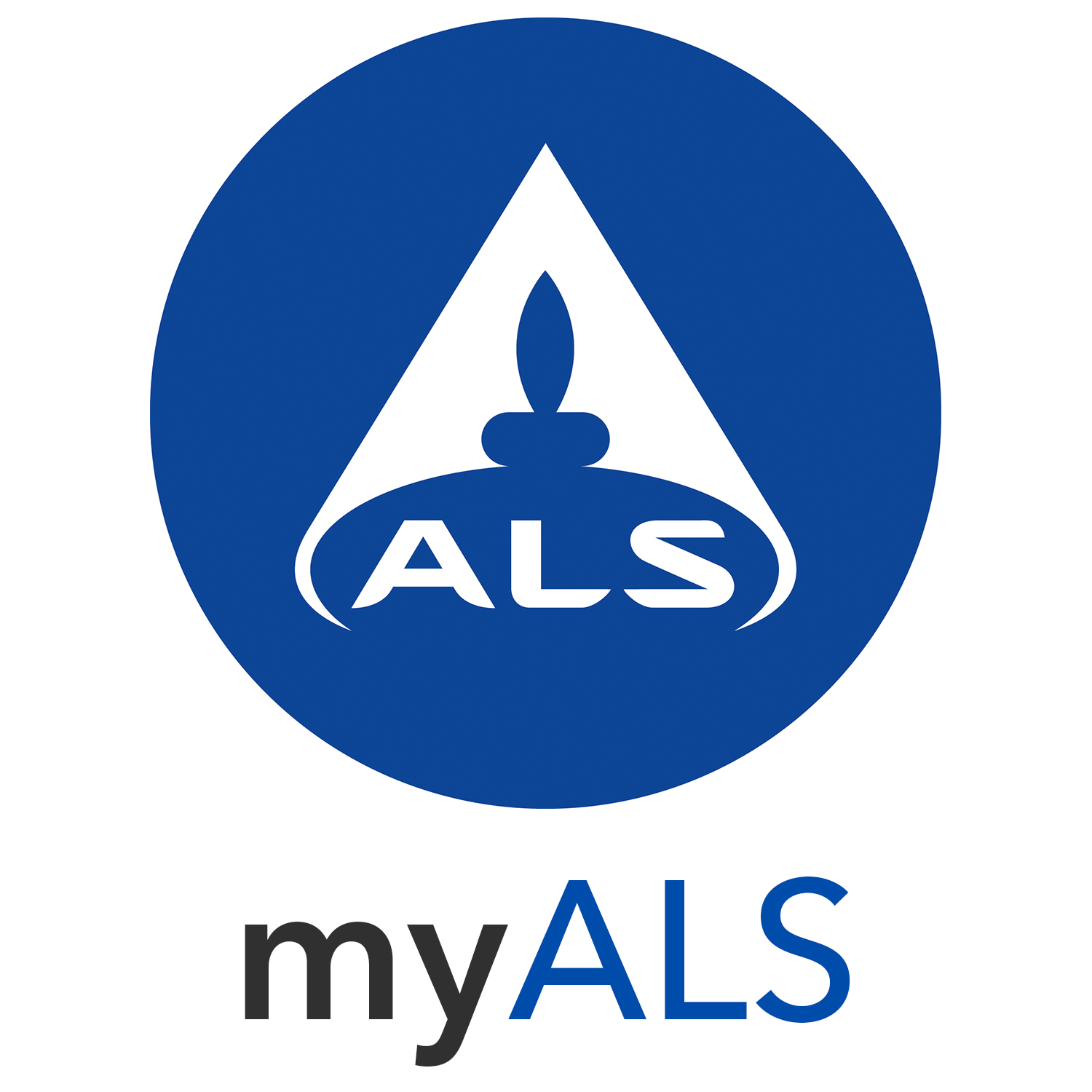Testing based on: BS10176:2020
BS 10176 Taking Soil Samples for Determination of Volatile Organic Compounds (VOCs)
BS 10176:2020 sets the standard for soil sampling techniques that minimize the loss of volatile organic compounds (VOCs) during and after collection. ALS Hawarden has developed advanced, field-tested solutions to meet these requirements, providing clients with proven methods for accurate and dependable data.
Why VOC Preservation Matters
Volatile organic compounds are prone to volatilization and biodegradation, leading to potential loss and inaccurate results. The shift towards field-based preservation techniques (rather than relying solely on laboratory procedures) is transforming the landscape of VOC testing. BS10176:2020 is pivotal in this shift, ensuring your soil samples are more representative and your findings remain true to field conditions.
As early as the 1990s, research was published suggesting the practice of soil collection in bulk containers for VOCs provides significantly biased low results. It is well recognised and now widely accepted that this method often results in 90% to 99% loss of VOCs prior to laboratory analysis. Several factors influence VOC loss during the sampling process:
• Vapour pressure: The higher the vapour pressure of a VOC, the more likely it is to evaporate, especially under warmer conditions.
• Matrix type: Materials like sandy soils, being more porous, tend to lose VOCs more easily compared to denser materials like clay.
• Exposure time and environmental factors: Temperature, humidity, microbial activity, and the duration of exposure to the atmosphere can all increase VOC loss.
By following BS 10176:2020, VOC losses can be minimized, leading to results that accurately reflect the conditions at the sampling site.
ALS Preservative VOC Offerings
ALS has developed a multi-solution approach to VOC testing to help our clients align with BS 10176:2020 standards:
1. Intact Core Sampling: A small, intact core is collected, sealed, and transported to the laboratory for VOC analysis. This method ensures minimal VOC loss during transport and storage. ALS can provide an En-Core sampling mechanism to assist with this approach.
2. Methanol Preservation: The soil sample is immediately preserved using a methanol solution (1:1 ratio), provided by the laboratory. ALS provide a VOC corer to extrude the sample. The laboratory will prepare a methanol preserved volatile vial, which is pre-weighed and labelled.
Each option is designed to reduce VOC loss and deliver reliable results across various environmental conditions. All samples must be chilled at the sample location and stored and transported upright.
Why Choose ALS?
To learn more about how ALS can help you achieve accurate, reliable VOC sampling in line with BS 10176:2020, contact us today. We are here to assist you every step of the way.
You can also access our recorded webinar for more in-depth insights on BS 10176 and VOC sample collection: Watch the webinar
Tel: +44 (0)1244 528 777 • Email: hawardencustomerservices@alsglobal.com
So what is The ALS difference? It’s simple: RELIABILITY - QUALITY - LEADERSHIP - TRUST.


